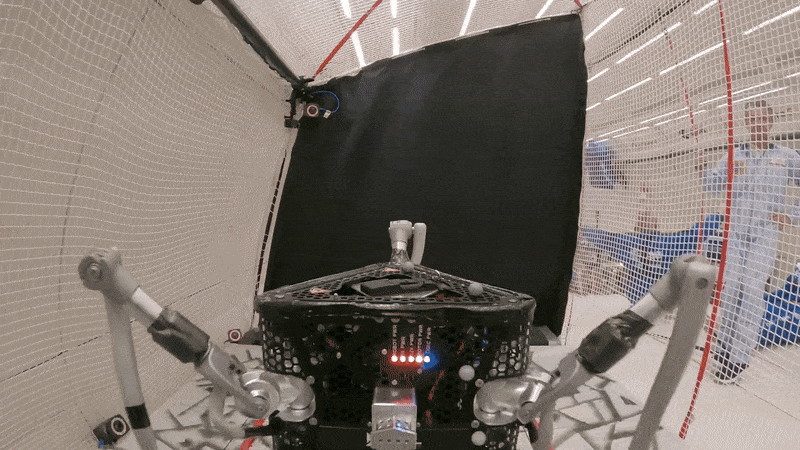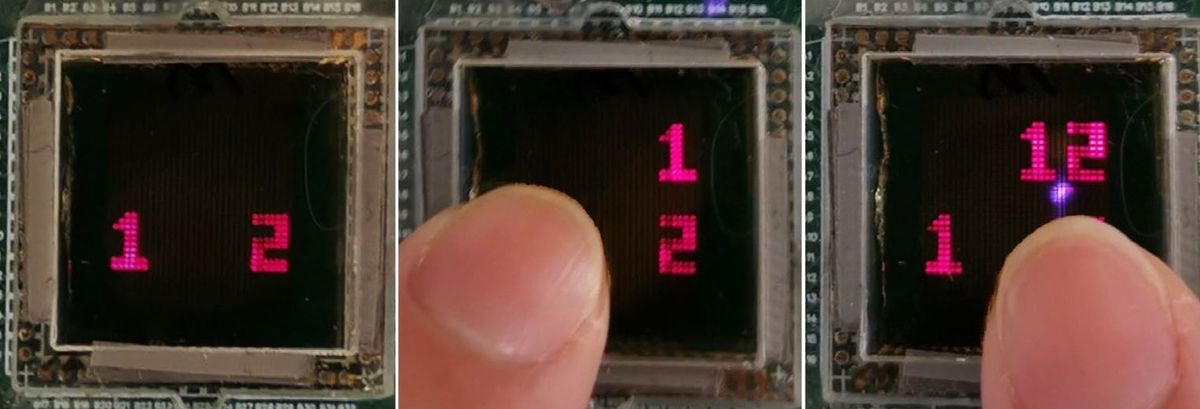Today's confirmation hearing for the new chairman, Julius Genachowski, and the renomination of thoughtful Republican Rob McDowell was terribly short on drama. A number of advocacy groups had hoped to turn the hearing into a network neutrality showdown of sorts: they submitting a series of harsh questions for the nominees to members of the Committee, but nobody took the bait. Members were cordial and friendly, and the hearing was little more than a formality.
Members asked both nominees how they felt about net neutrality generally, and they both responded in fairly innocuous ways: Genachowski says he wants to preserve the Internet's ability to promote innovation small business creation, without any specifics, and McDowell says it's important to prevent anti-competitive behavior and not worry too much about "discrimination." Both said they prefer to spend Broadband Stimulus funds on un-served areas before under-served ones, the common sense priority. The FCC's web site came in for a fair amount of criticism, fair enough as it was apparently designed by Kevin Werbach in the '90s and hasn't been upgraded since. Perhaps most significant, there was an endless stream of criticism for the last FCC chairman.
McDowell presented an interesting rundown on the state of broadband networks in America. While we've all heard that the US ranks somewhere between 12th and 18th in wireline broadband use, it's less well known that we're number one in wireless broadband and in wireless phone use in general. Part of this is cost-driven, as the per-minute rate for cell calls is less than it is in any other OECD country, and part is due to the greater adoption of smart phones in the US. When we look at the OECD rankings for wireless in general against and wireline broadband, they're practically mirror images of each other. The relationships of these rankings are intriguing.
The question of spectrum mapping and management played a large role in opening statements, but wasn't really followed-up in questions. But there wasn't any point in going into it right now.
The FCC's major work item for the next year is going to be the National Broadband Plan, and there's going to be plenty of lively debate when the FCC delivers its mockup to the Congress in February.
In the event that you're obsessive about these things, the hearing is archived on the C-Span web site, which has been updated this century.


